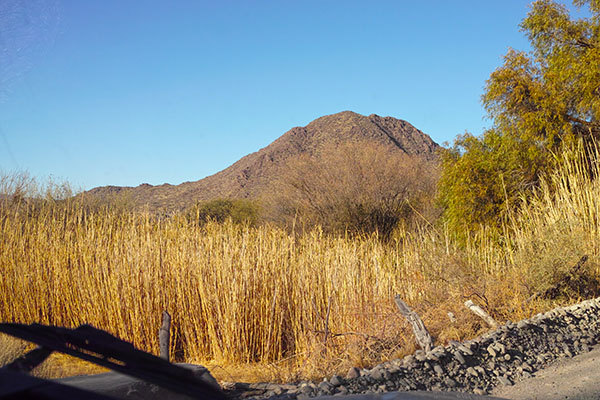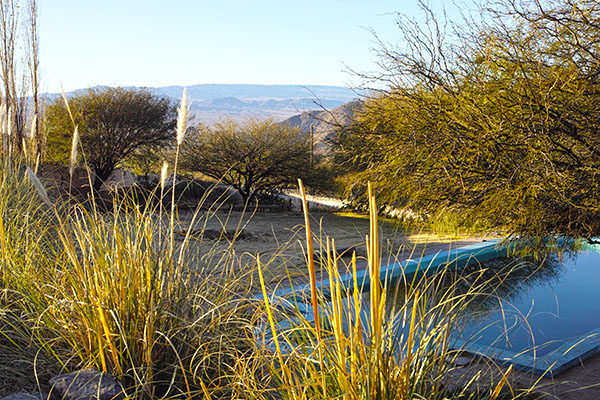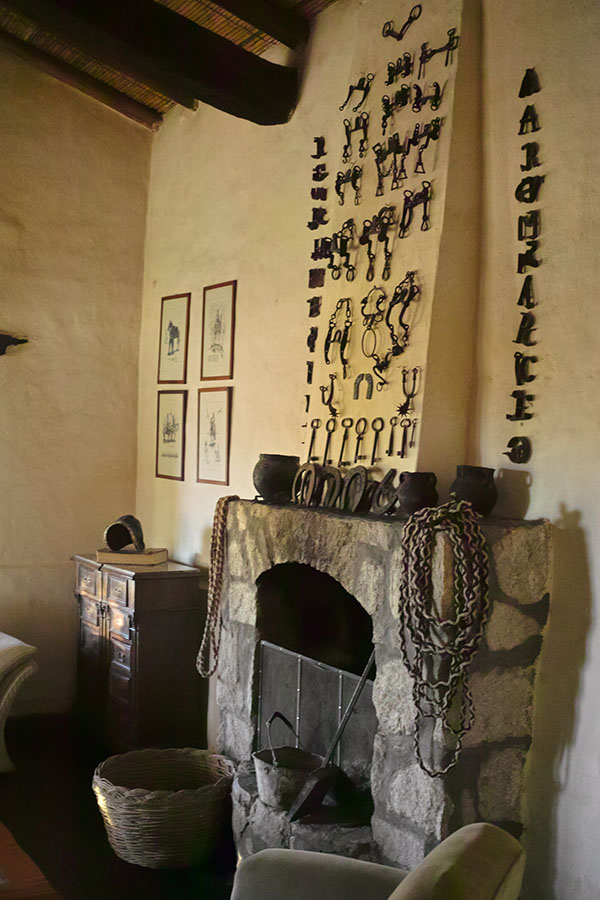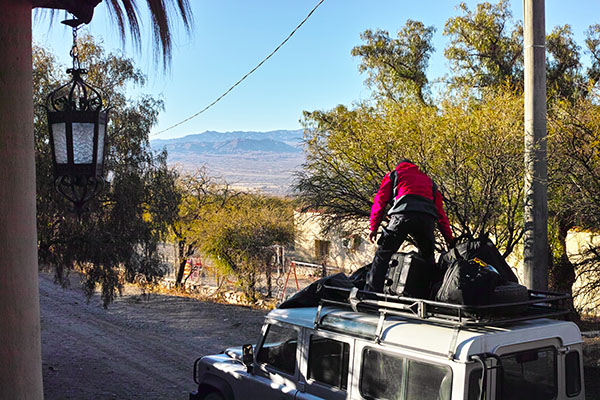I have long predicted the demise of cable TV (the dumb pipe). With services like Netflix, Amazon Instant, Google Play and more there is absolutely no reason to view content on someone else’s timetable.
It’s also arrogant of anyone to think their content is so important or special users should have to watch at a specific time on a specific device or screen. Timeshifting is the new default and content should be available on whatever device a user prefers. Not via some archaic set of arbitrary rules because someone “says so.” The technology exists so that control is in the hands of users.
More than that, cable providers have long provided awful customer service, ignored / lied to the market, held people hostage and clung to dated technology and trends that support their (ever-weakening already lost) grasp on content.
Innovations in payment technologies and the emergence of digital currencies
Robleh Ali, Roger Clews & James Southgate:
Modern electronic payment systems rely on trusted, central third parties to process payments securely. Recent developments have seen the creation of digital currencies like Bitcoin, which combine new currencies with decentralised payment systems.
Although the monetary aspects of digital currencies have attracted considerable attention, the distributed ledger underlying their payment systems is a significant innovation.
As with money held as bank deposits, most financial assets today exist as purely digital records. This opens up the possibility for distributed ledgers to transform the financial system more generally
What does one ask a hermit on Mount Athos?
I still don’t know. Fermor didn’t encounter any hermits, though he passed a hermit’s hut, wryly observing that it was the most desolate sight he had ever seen. Perhaps being a hermit was one step too far for the convivial Fermor. Despite his skepticism, I’m sure he would have known what to say: it would have been the ultimate test for this gifted conversationalist.
Periodically the monasteries on Athos crack down on the hermits, accusing them of encouraging personality cults. They undoubtedly do. But I think there is another reason for the crackdowns: the hermits capture a truth about Athos. Having set itself apart, the island lays in waiting for pilgrims and travelers, waiting for our questions, fears and desires, a Christian oracle speaking in voices that are not of this world.
1st 4K/2K Odyssey 7Q Sequences from Beunos Aires’ Ezeiza International Airport
4K/2K Sequences from the incoming project of Ezeiza International Airport. Shot on 2 Sony FS700 and 2 Odyssey 7Q. Graded in Davinci Resolve Lite 10, exported to ProRes and timeline edited in Adobe Premiere CC.
Sony and Canon EF lens were used + metabones adapter + follow focus.
Aeroparque as well.
Faith & Money or Money & Faith; Chobani + 16% & The Dolar Azul
“How do you know that the babysitting money you deposited in the bank a few days ago will still be there next week?” – a conversation with our children during the “Great Recession”.
“What?”
Indeed.
I pondered the state of money today after reading Benedict Mander’s latest: “Companies fear radical turn in Argentina”.
Argentina features a “pegged” currency in contrast to the many notes that “float”, where the “market” determines the exchange rate. In Argentina’s case, the government sets the peso conversion rate, currently about 8 to the dollar. Yet, the Country’s black market rate, or “dolar azul” currently trades at 13.8 pesos to the dollar.
I experienced this contradiction firsthand during a recent joyous trip to Argentina. A friend suggested taking cash to trade for Pesos. Spot on, our trading ranged from 9.5 to 13 Pesos to the US Dollar. 13 was found in the far north and required perfect US bills, no tears or wrinkles. The exchanges were quick and matter of fact. One money changer asked why more Americans don’t bring cash? “You save at least 50% compared to paying with a credit card.” “Americans must be conditioned to use credit cards”.
Not completely naive, I asked my last counterparty about his rates? “13 to 20. It’s crazy and changes daily”. Another local friend said that they expect a devaluation within a year’s time.
Attractive buys are to be had, from great bottles of wine for $2.00 to inexpensive sumptuous dinners. However, one must not underestimate the cost of such currency swings to local businesses. The proprietor of a delightful restaurant in Buenos Aires’ Palermo neighborhood related how difficult it is to “plan for anything. It’s crazy. I don’t know what to expect from day to day.”
And so, it was, while reading Mander’s article that my mind raced to Solomon’s words, inspired long ago: “All of it is meaningless, a chasing after the wind.” – Ecclesiastes 1-3.
It is remarkable to witness the faith that people put in money, particularly fiat money, or currency that has “value” because the Government says so.
The price of such faith can be seen when observing inflation. Exhibit A: Chobani’s Pomegranate yogurt had long been priced at $0.99/cup at Madison’s Woodmans. It now requires $1.15, an increase of 16%!
United States’ Dollars include the term “In God We Trust“. Obviously, this is all that matters.
1. Argentina’s insatiable—and destructive—appetite for U.S. dollars.
2. Politics is the biggest hurdle to developing Argentina’s enormous Vaca Muerta field via the Economist.
Interested in a deeper dive?
Money of the Mind: Borrowing and Lending in America from the Civil War to Michael Milken by James Grant.
Lords of Finance: The Bankers Who Broke the World by Liaquat Ahamed.
Enchanting: Casa de Campo La Paya Near Cachi, Argentina
An especially delightful destination after a beautiful drive, La Paya is well worth a visit. The family vineyards, bounded by walnut trees, produce 2000 bottles annually. The grounds and rooms were refreshing, quiet and relaxing. The family’s hearth produced piles of sumptuous empanadas for dinner, followed by a delicious onion soup and an assortment of desserts.
Dive in: Sunrise panoramic image (tap/click and pan in any direction).
Learn more. Thanks to Clark Expediciones for the discovery and arrangements.
Paris Time Lapse
Paul Richardson spent three weeks in Paris recently and tried to capture the city’s classic sights as well as the modern business side. While he captured some fantastic scenes, his editing really made this timelapse stand out.
He spent three weeks shooting, followed by 5 weeks of editing the images and footage for a grand total of about 400 hours on this project. That is 2.5 hours for every second of this video, which was entirely self-funded an
On the Jaguar e-type
My elder daughter has just passed her 16th birthday, and she never notches up another year without recalling my original E-type Jaguar. A month before she was born, her mother was taken into hospital for observation; and on that same day the car was sent down from Coventry for me to test. I was on my own, free to go wherever I fancied and at whatever hour. To take me, I had the car that was the sensation of the early ‘60s, the car that, even two years after production had begun in 1961, could still turn more heads than a platoon of poachers in a poultry farm. It fitted like a glove, went like the wind, looked like a million dollars, and sold for a little more than a couple of thousand pounds. Even though it might be doomed in some hands to idle its life away in a top-gear London loiter, it carried about itself everywhere the immense and unquestioned authority of a car that was known to be capable of 150mph.
It was time for me to fulfil a long-cherished ambition, to see the dawn from the top of Worcester Beacon, to watch the sun come upon the 12 counties within the purview of that loftiest of the Malvern Hills. From my home then in Hampton it was a moderately long drive, but it should not feel long, or take long in an E-type; and in any case I was free to set off whenever I liked.
1975 + 39
I listened a bit to the KCRW app stream last evening (8.12.2014 Morning Becomes Eclectic Show) when, out of the blue “Someone Saved My Life Tonight” jolted my ears.
I enjoy KCRW’s app and music streams, tolerating their occasional lapses into a Sting/Police song. That said, I am not much of an oldies fan, but in this case, the 1975 song whisked me back in time and brought a smile to my face.
I recalled the days of the (expensive) album. Some were masterpieces, such as Pink Floyd’s Dark Side of the Moon, the Who’s Quadrophenia and Elton John’s Goodbye Yellow Brick road among many others.
So, props to Jason Bentley and his KCRW crew for a subtle (and rare) plug.
Sugar: the evolution of a forbidden fruit
weetness was meant to be irresistible.
We are born with a sweet tooth. Babies drink in sugar with their mother’s milk. Sweetness represents an instant energy boost, a fuel that kept our ancestors going in a harsher world where taste buds evolved to distinguish health-giving ripeness and freshness from the dangers of bitter, sour, toxic foods. Sugar gives us drug-like pleasures – lab rats deprived of their sugar-water fix exhibit classic signs of withdrawal. When things are going well, we blissfully say, “Life is sweet.”
And now sweetness is linked with death and disease. Sugars are themselves toxins, some researchers suggest, that cause obesity, diabetes, hyper- tension and Alzheimer’s disease. Sugar has joined salt and fat on the list of dietary evils. Governments and health experts are urging people to cut back their daily intake.






